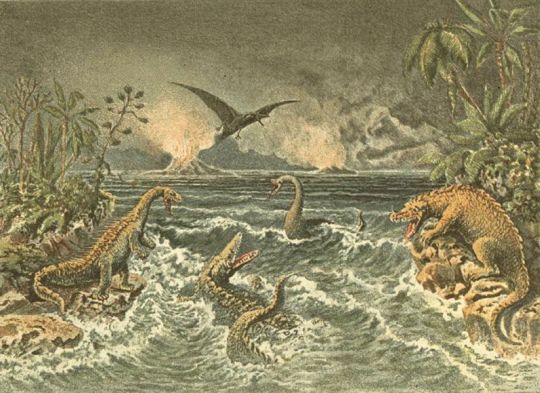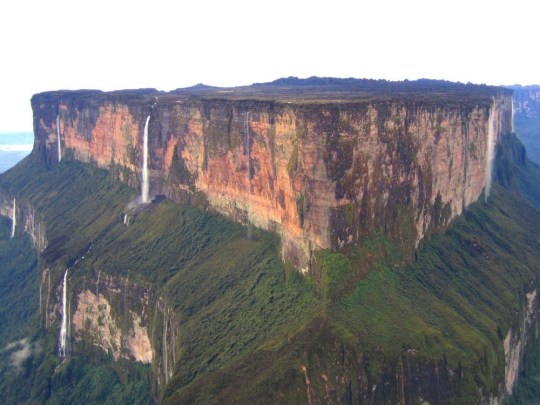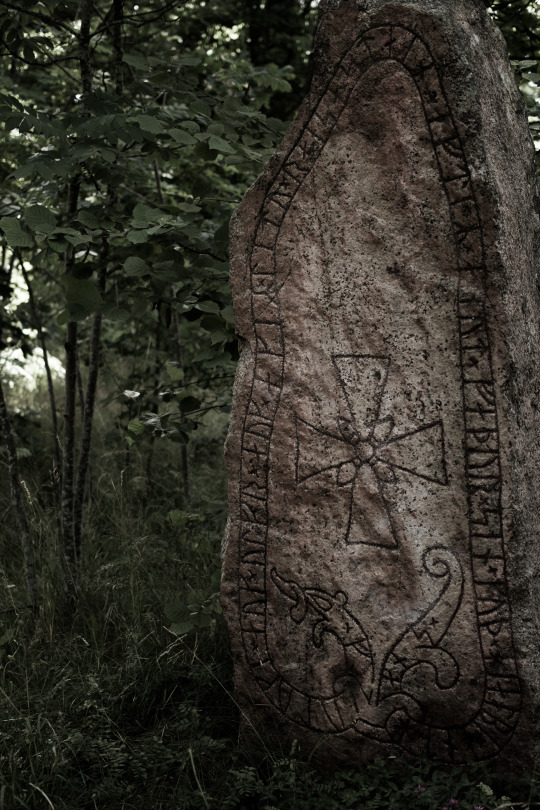Photo






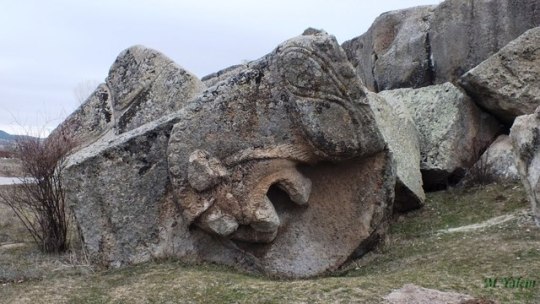



Tomb of Midas (and his “city” as well)
Yazılıkaya, Eskişehir, Turkey
6th-7th century BCE
The archaeological site of the so-called Midas City is situated in the Eskişehir region in Central Anatolia, near the village of Yazılıkaya (which in Turkish means something like “rock inscription”). With a few exceptions, most of the Phrygian rock-cut monuments for which the site has become famous, date back to the sixth century BCE.
The so-called Midas Monument owes its name to the fact that the word Mida is used in an inscription on the upper left-hand side of the façade, which is almost eighteen meters high. Mida was mistranslated as Midas, the name of a legendary king of Phrygia; in fact, it is a surname of Cybele, the Phrygian Mother Goddess. The so-called tomb, which is older than the rest of the city and belongs to the eighth century BCE, was in reality a sanctuary. During the ceremonies, a statue of Cybele could be placed in the niche. To the south of the Midas Monument lies a rock-cut necropolis with several Phrygian tombs. From here one can walk further on the plateau and reach another Phrygian rock-cut monument, which has remained unfinished. A little bit further you reach the impressive water cisterns, some with a flight of steps who leads to several huge underground cisterns.
3K notes
·
View notes
Text
Living archaeology in Tanzania

Previously unknown rock paintings, covering rock shelters in the Kondoa district in central Tanzania, have been discovered by Maciej Grzelczyck, winner of the Ministry of Science programme “Diamond Grant”. At the same time, the researcher started an intensive ethnological research project, through which he hopes to understand the importance of the discovered paintings.
Kondoa district is famous for its large number of rock paintings made over thousands of years. However, only a selected area is on the UNESCO World Heritage List. Kondoa reserve area was established on the basis of Mary Leakey’s research, conducted in the 50s. The researcher and her family are known primarily for searching for the first hominids in the near Olduvai Gorge.
During last year’s expedition, Maciej Grzelczyck - archaeologist from A. Mickiewicz University in Poznań made a nearly complete photographic catalog of these paintings, because even though they had been known for decades, not all of them were documented in a modern way. Read more.
137 notes
·
View notes
Photo
presentpasts:
Pictish stones, c. 600-800 A.D., Scotland. At the National Museum of Scotland, Edinburgh.




917 notes
·
View notes
Photo

Made from a single sheet of hammered bronze plate, this rare and well-preserved diadem was probably worn by a high-ranking woman during the Late Bronze Age. Its spiral fastener, incised with a delicate pattern of triangles and parallel lines, was perhaps worn in the back with the spirals directed downward. This imposing object was produced by workshops in the Carpathian Mountains: in continental Europe, no workshops were more prolific, more creative, or more technologically accomplished than these. Spirals had long figured in Bronze Age ornamentation, but these artisans transformed a merely decorative pattern into sculptural forms of imposing size. They used the motif to adorn an array of jewelry, including armbands, legbands, rings, pendants, and large brooches. It is impossible to know what kind of significance was attached to this form.Related Diadem, 1200–800 B.C.; Bronze Age
East–central Europe, Carpathian Basin region
Copper alloy; H. 5 3/8 in. (13.7 cm), Diam. 10 ¼ in. (26 cm)
Purchase, Caroline Howard Hyman Gift, in memory of Margaret English Fraser, 2000 (2000.281.1)
Info and Image from Met Museum
618 notes
·
View notes
Photo

tetramorph
Nicolaus de Lyra, Postilla litteralis in Biblia, Paris 14th century
BnF, Latin 461 fol. 135r
337 notes
·
View notes
Photo

五大明王
Anonymous Kamakura-period artist - http://www.emuseum.jp/detail/100074
20 notes
·
View notes
Photo
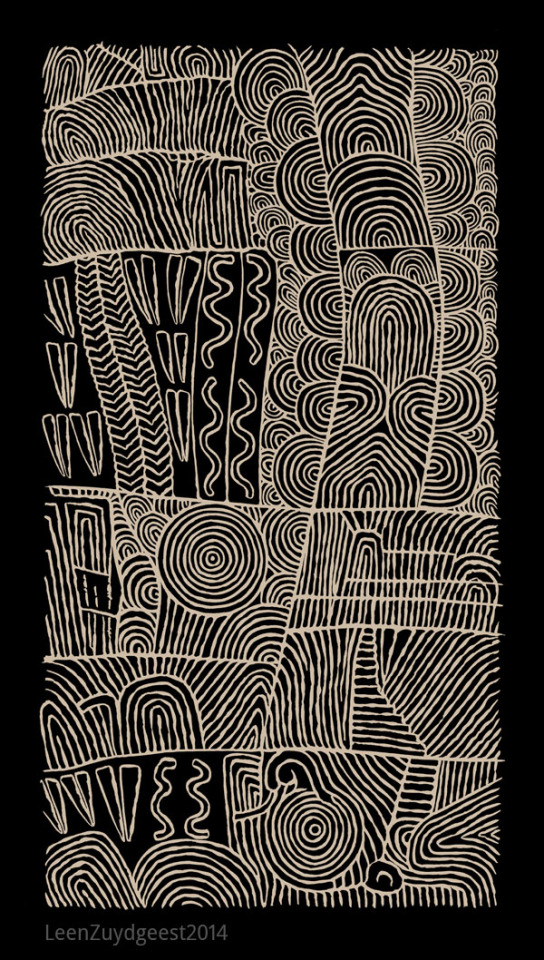
Gavrinis dolmen neolithic decorations by LeenZuydgeest
21 notes
·
View notes
Photo
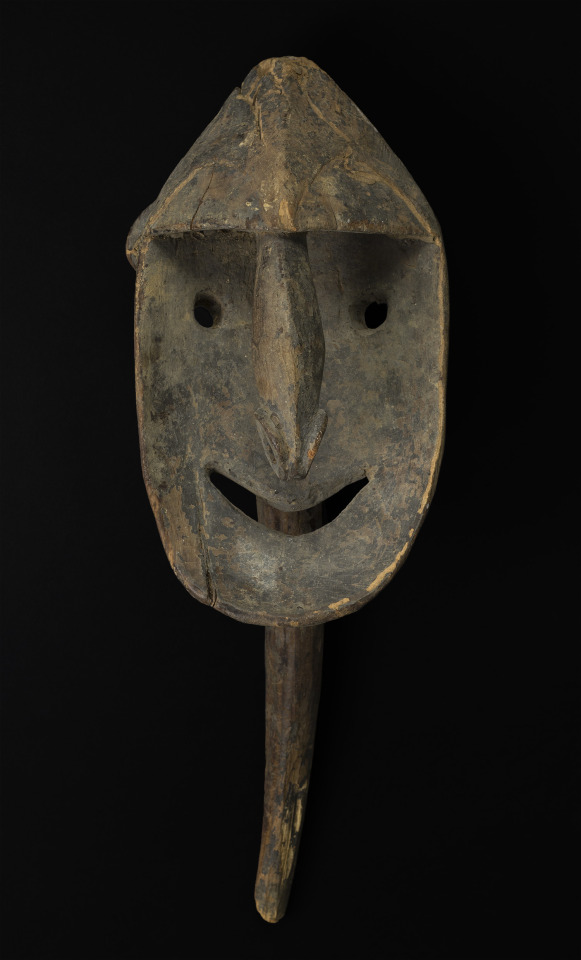
New Guinea
Wood mask with penis nose
Wood
28 x 11 x 10 inches
71.1 x 27.9 x 25.4 cm
NG 166
http://www.cavinmorris.com
35 notes
·
View notes
Photo
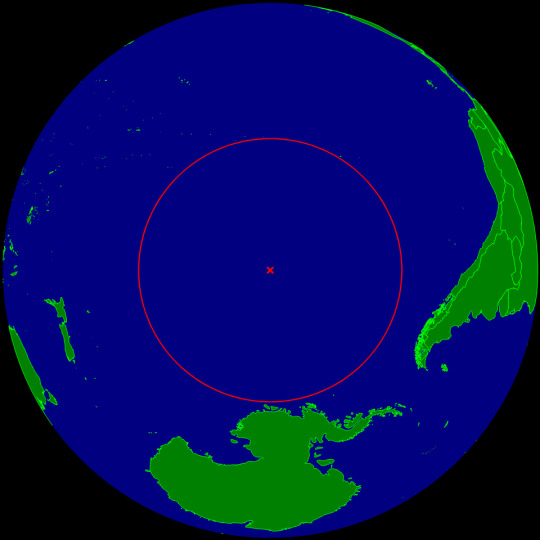
Point Nemo: the point in the ocean farthest from land. Here you are surrounded by nearly 9 million square miles of water.
72K notes
·
View notes
Photo

Figure Bearing Five Jars
Mexico, Colima, shaft tomb culture, 200 B.C. - A.D. 500
LACMA
97 notes
·
View notes

